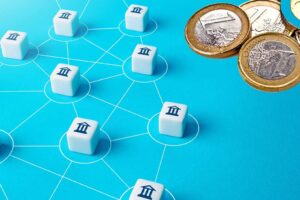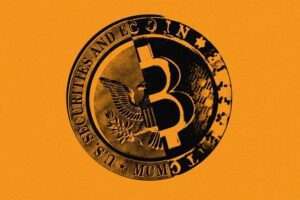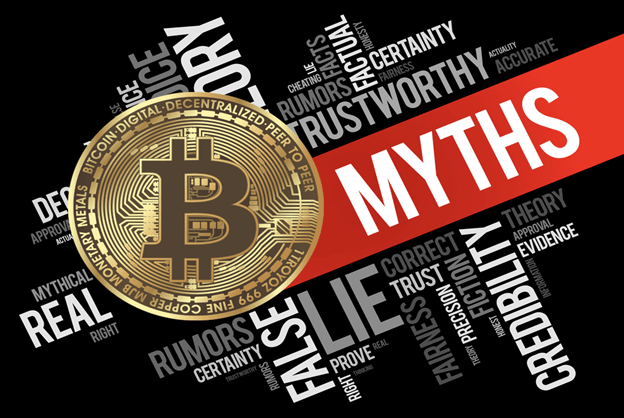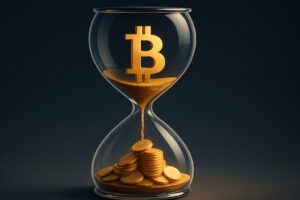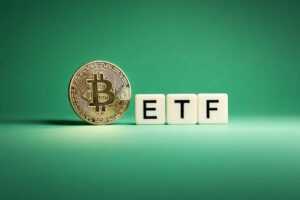The Bitcoin Blockchain underwent a significant shift with the Runes launch at the halving event, a new fungible token protocol developed by Casey Rodarmor, the inventor of Ordinals. There is a lot of excitement, with many in the Crypto community already viewing it as the next big wealth creation play, compared to the “memecoin gold rush on Bitcoin.”
Bitcoin’s halving took place on April 19. Typically, the event marked the beginning of Runes. The projects associated with Runes are allowing potential investors to join in.
Transition from BRC-20
Runes were proposed Runes in September 2023 by Rodarmor to replace the BRC-20 token standard launched in March last year. The previous model was, however, not without its drawbacks, including increased complexity and excessive ‘junk’ UTXOs that congested the network. The Runes revamp introduces a significant improvement by making the data storage on the Blockchain lighter and more efficient, increasing the speed of transactions and lowering costs.
The Role of Runes
The beauty of Runes is that it adopts the UTXO model of Bitcoin. Simply put, every Bitcoin transaction entails using inputs to produce outputs, which are the UTXOs. The tokens are allocated directly to these UTXOs that contain different quantities of tokens, thus simplifying balance management.
When issuing Runes, the first transaction defines the token’s characteristics – the symbol, the supply, and the divisibility – and they become fixed in the UTXO. Transfers are smooth since a UTXO is divided to generate other UTXOs for various token quantities sent to intended beneficiaries.
Another exciting aspect is the ability of Runes to store transaction data on-chain through the OP_RETURN function, with no need for sidechains or other tokens.
The Techniques of Etching and Minting Runes
A Rune is initiated by etching, which outlines the token characteristics and its governance mechanisms. A crucial but optional “premine” enables the initial distribution of the Rune to its creator and early investors, which may significantly boost the ecosystem.
The next step is minting, where more tokens are created based on the guidelines defined in the etching process. The minting model can be either permissionless, where anyone who fulfils the specified requirements can generate more tokens, or permissioned, where certain rules limit token generation.
Some of the features that define minting include a limit to ensure that there is no inflation, a certain number for each mint, and the start and end blocks that represent the minting period.
Preparing for Runes: Guidelines for Enthusiasts
For anyone planning to jump into the Runes ecosystem, preparedness is key. Crucial steps to gain advantage include:
- Setting Up Bitcoin Core: Set up your node by installing Bitcoin Core to free yourself from dependence on third-party services.
- Installing Ord and Runes Clients: This involves following specific guidelines depending on the operating system you are using to configure the tools that are required to interact with Runes.
- Practising on Testnet: Repetition is the key to success. Use Bitcoin Core, Ord and Runes on the testnet to familiarize yourself with the command lines.
- Engaging with the Community: Some of the ways to stay up to date include subscribing to the Discord channels and following key influencers in the Runes niche.
Platforms and Resources
Several new platforms work with the Runes ecosystem, providing trading, minting and storage services. One great wallet for Runes is Xverse, which is available on Android, iOS, and as a Chrome extension. Among others, this wallet also supports the Runes marketplaces, where you can easily make transactions while securely storing your tokens.
In a nutshell, adopting the Runes protocol signals a shift to a future where transactions and token utilities on the Bitcoin network become more efficient, inclusive and innovative.
Bitcoin is now at the precipice of a revolution with the introduction of the new Runes protocol, which cements Bitcoin as digital gold and makes it an active platform for generating tokens, let alone trading.
Image Source: Adobe Stock
Disclaimer: This article is provided for informational purposes only. It is not offered or intended to be used for legal, tax, investment, financial or other advice.

